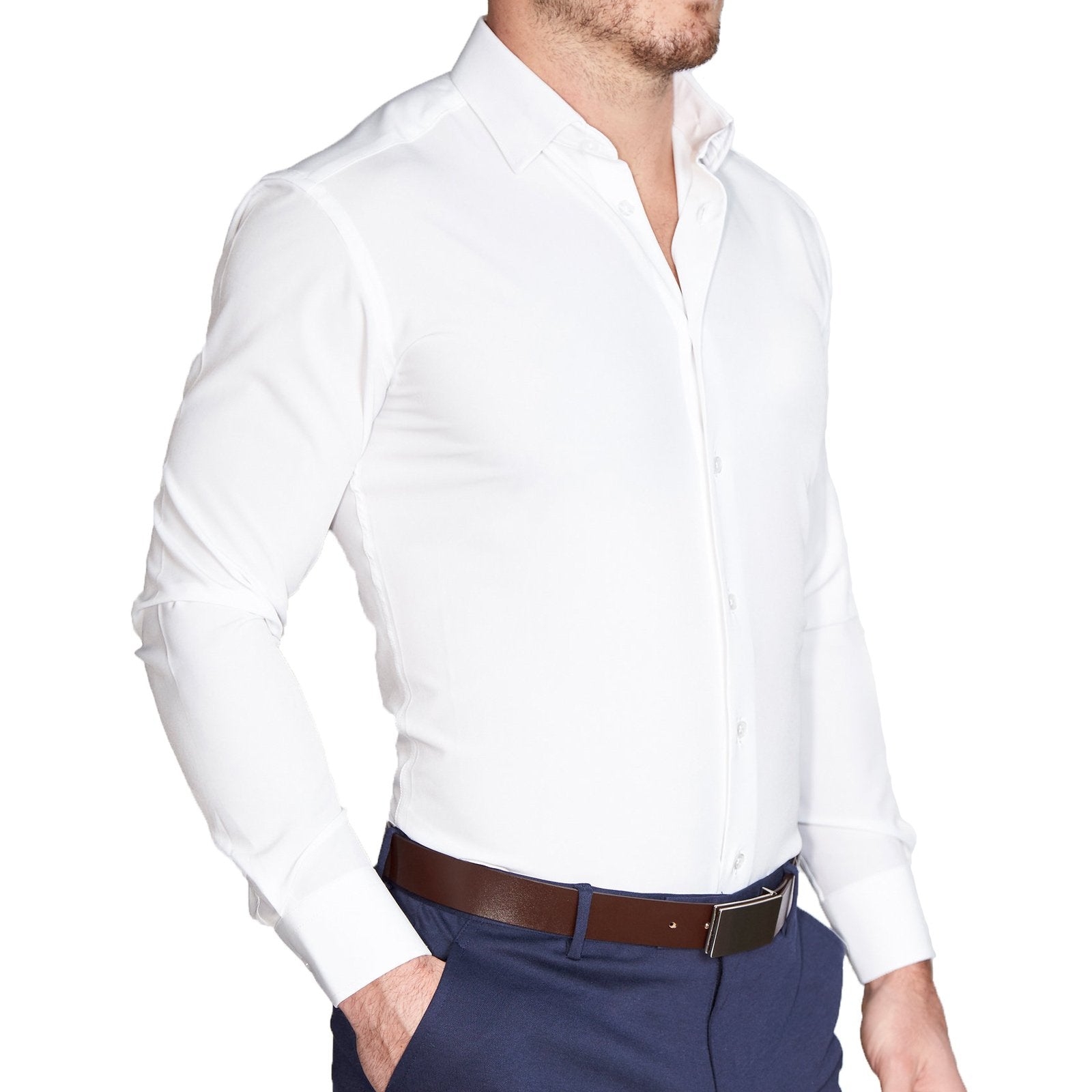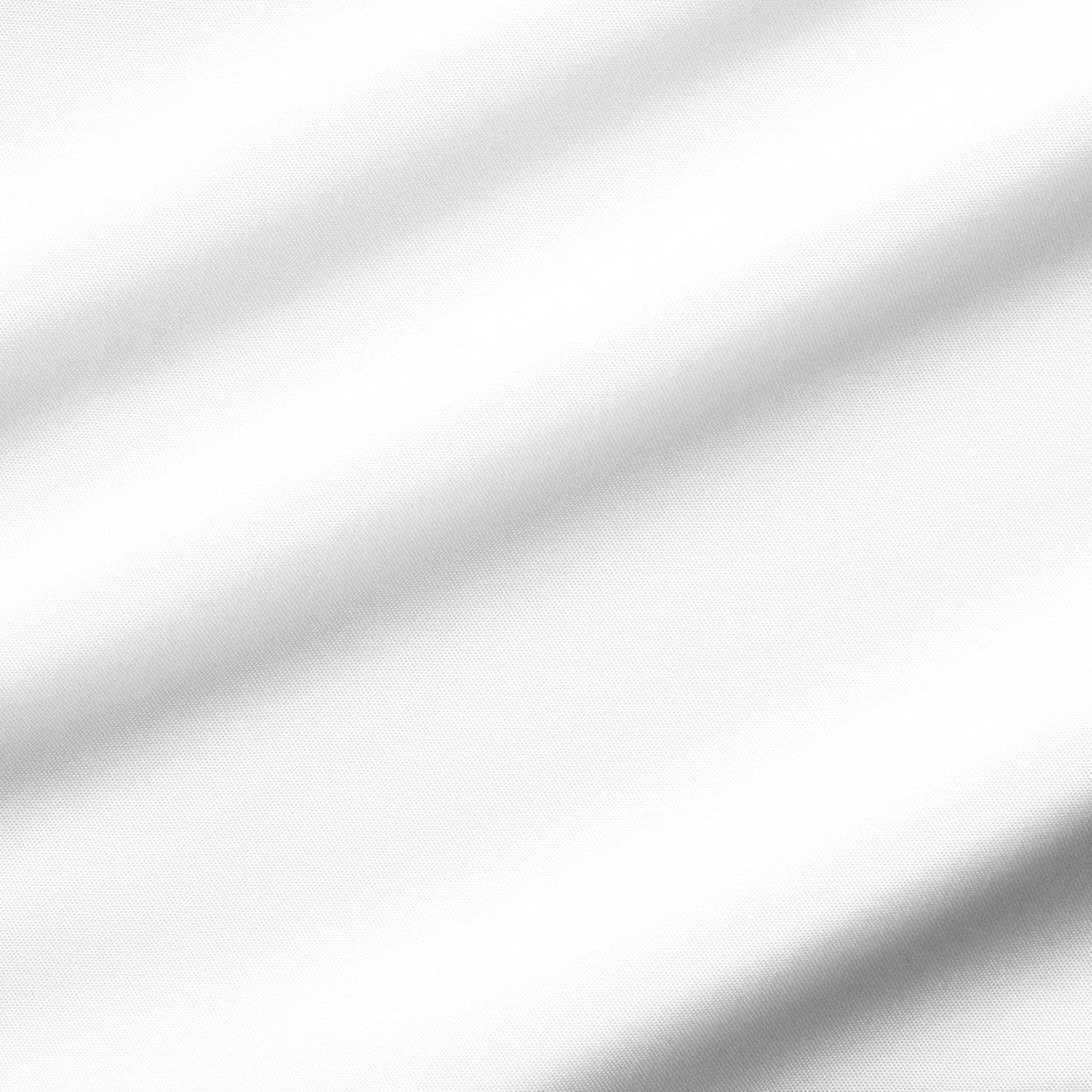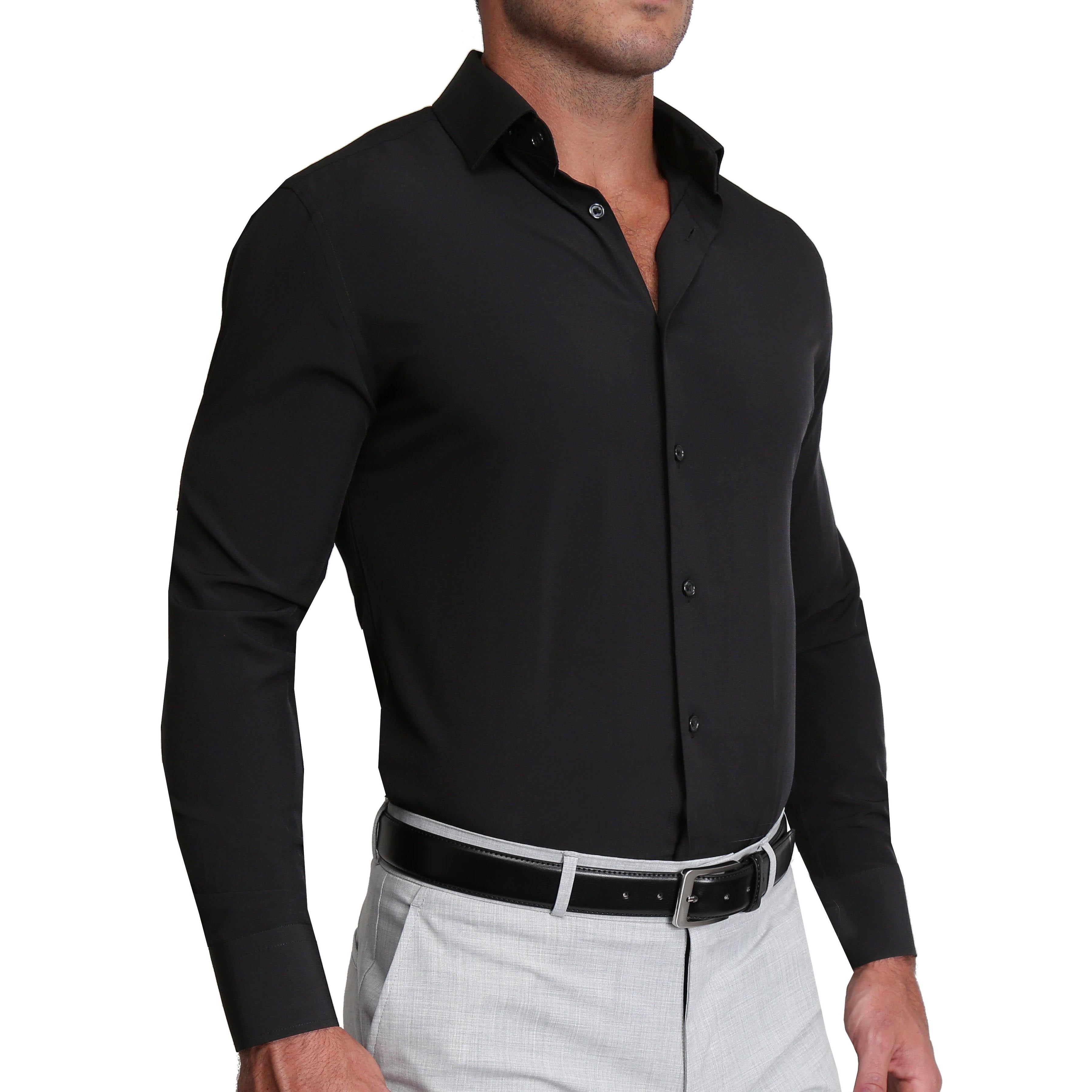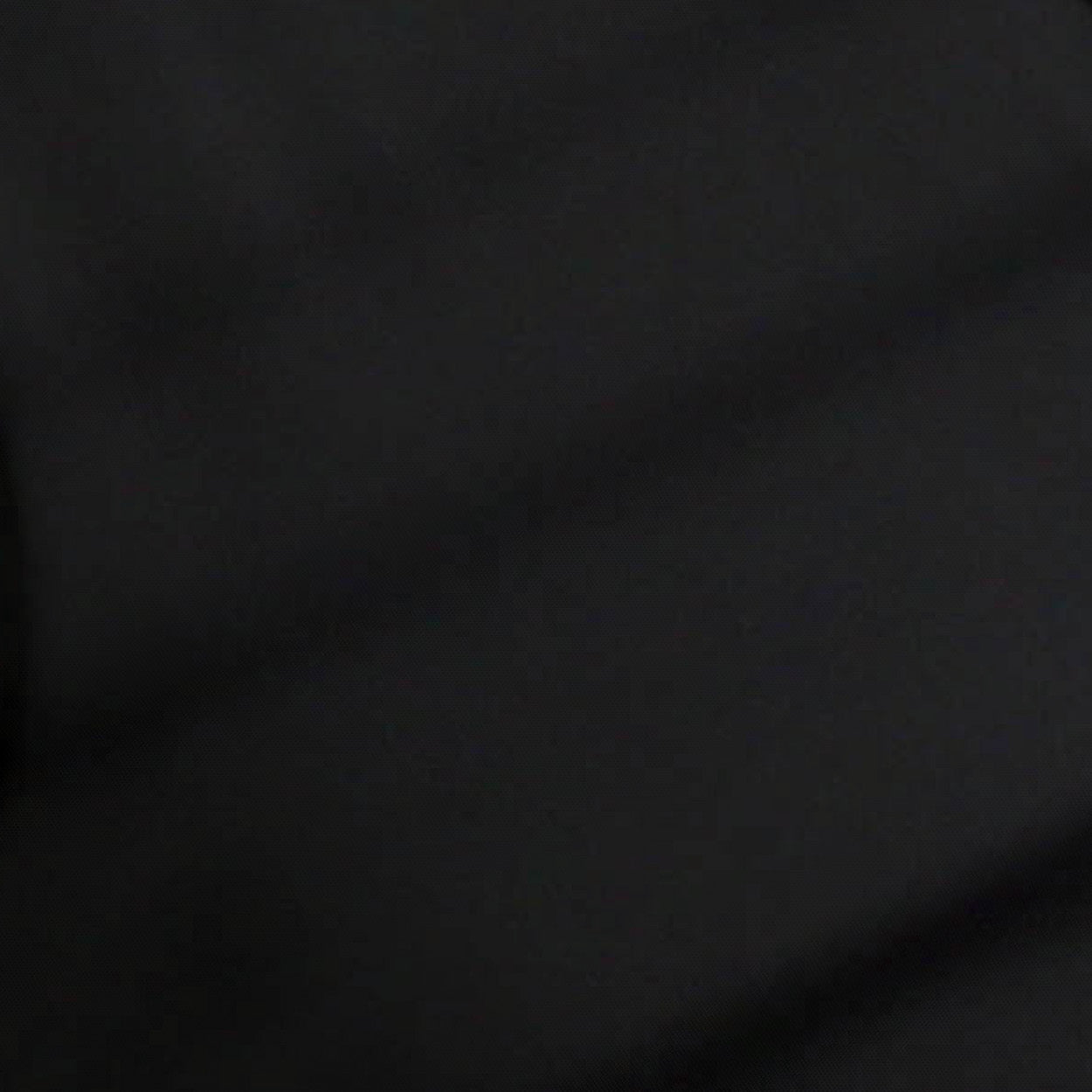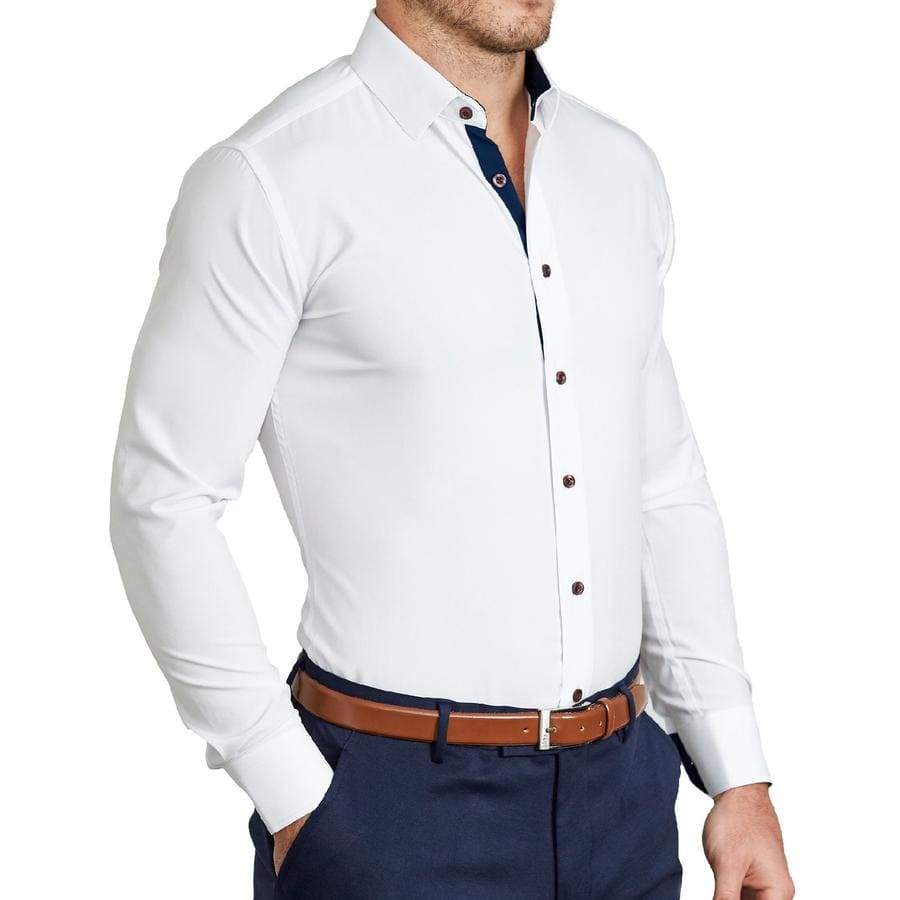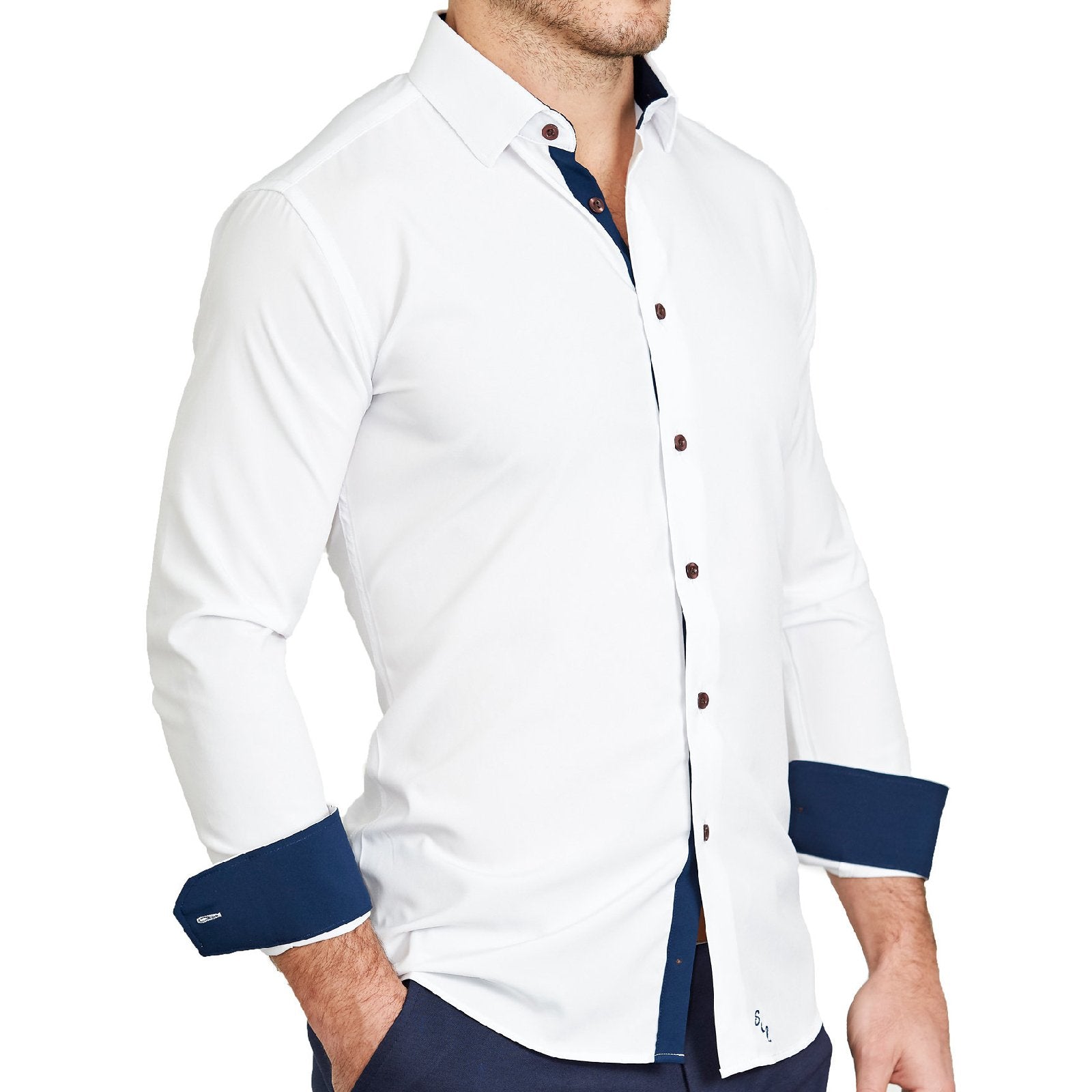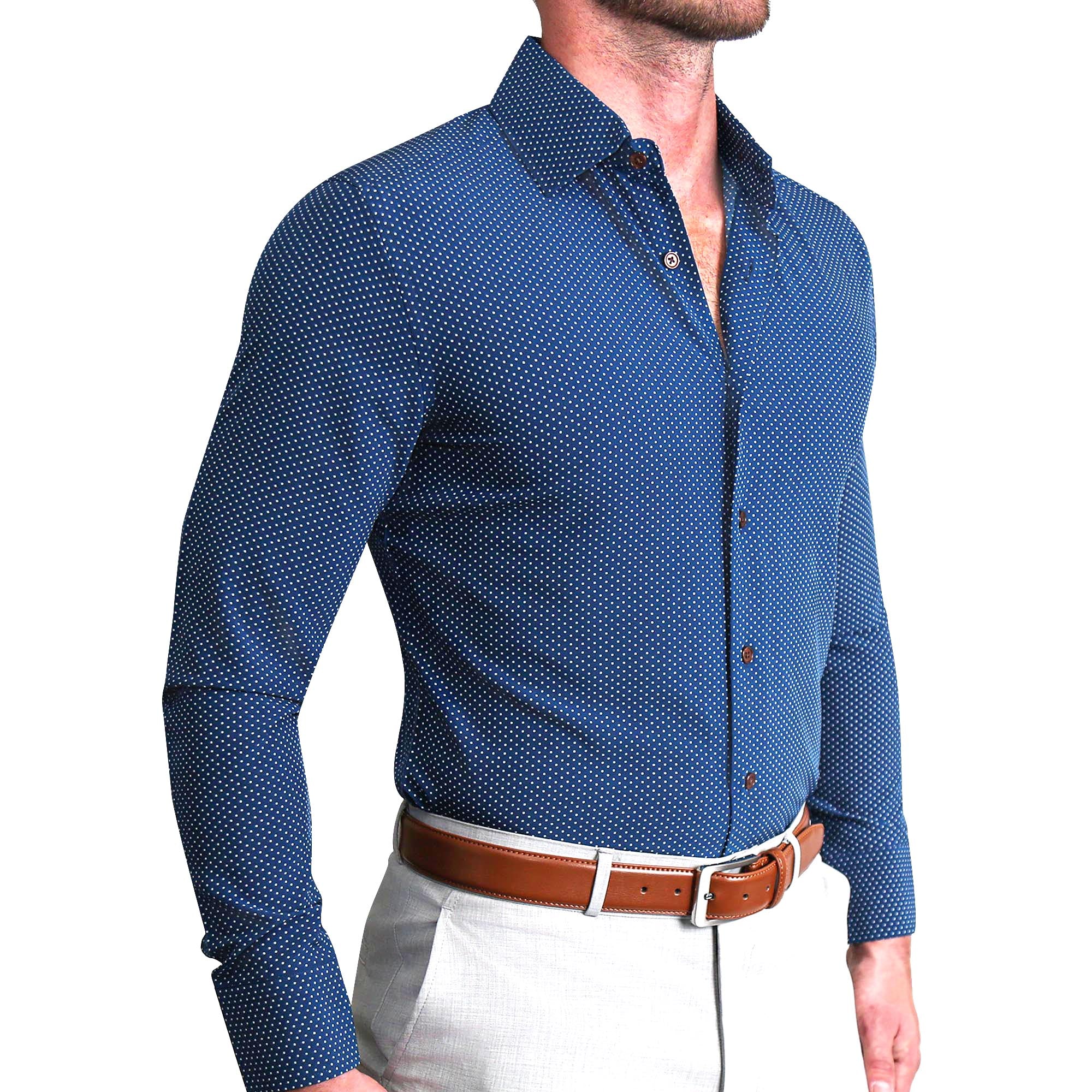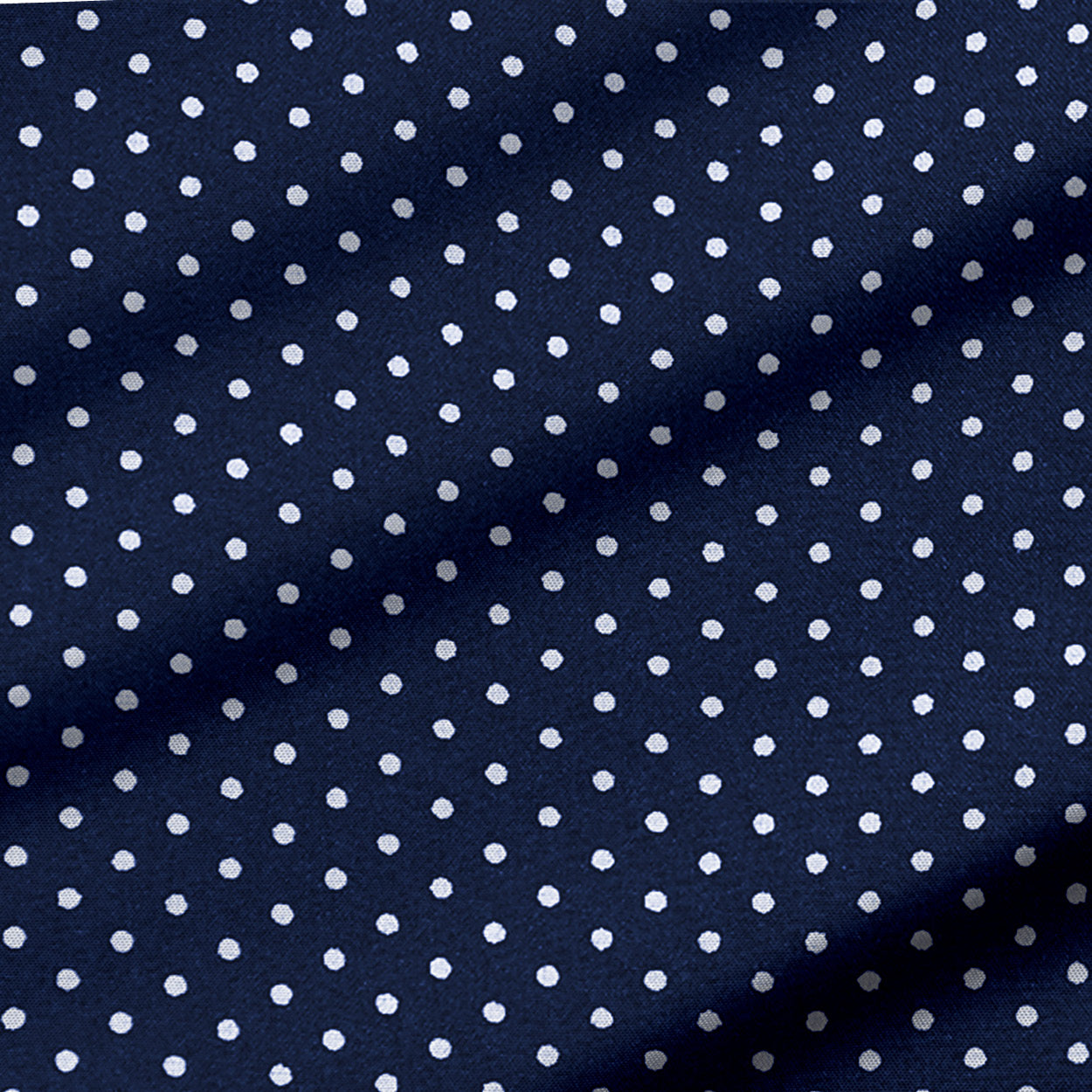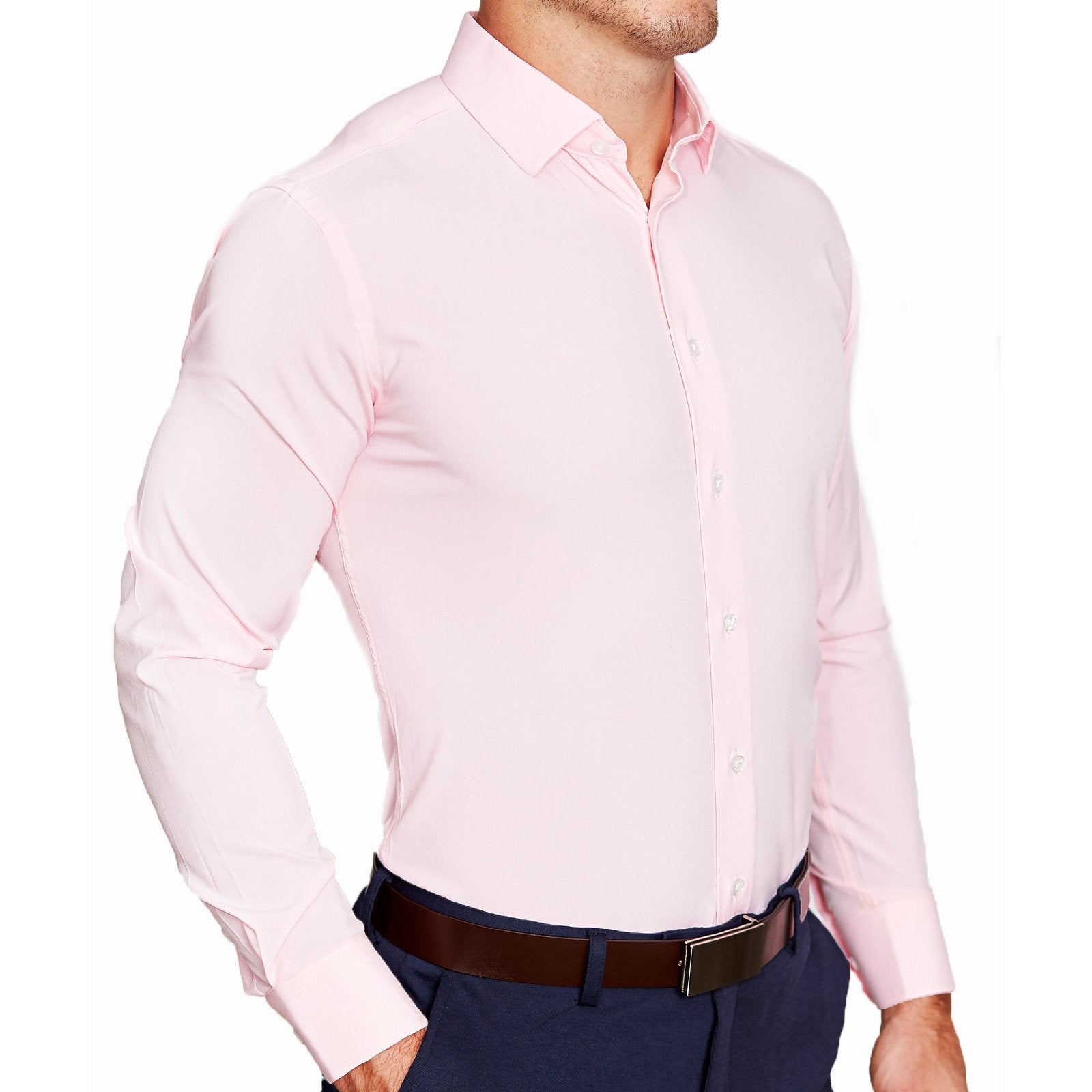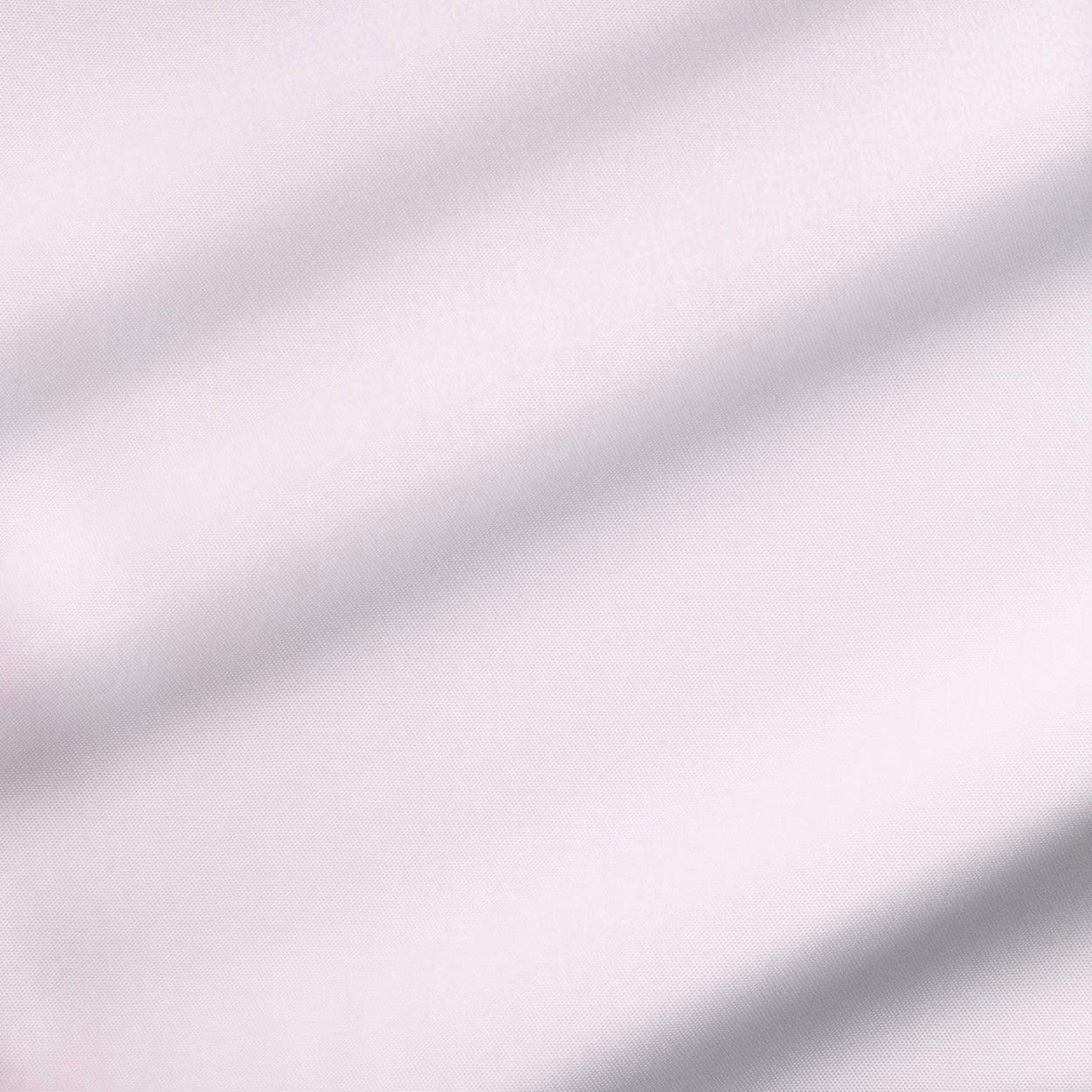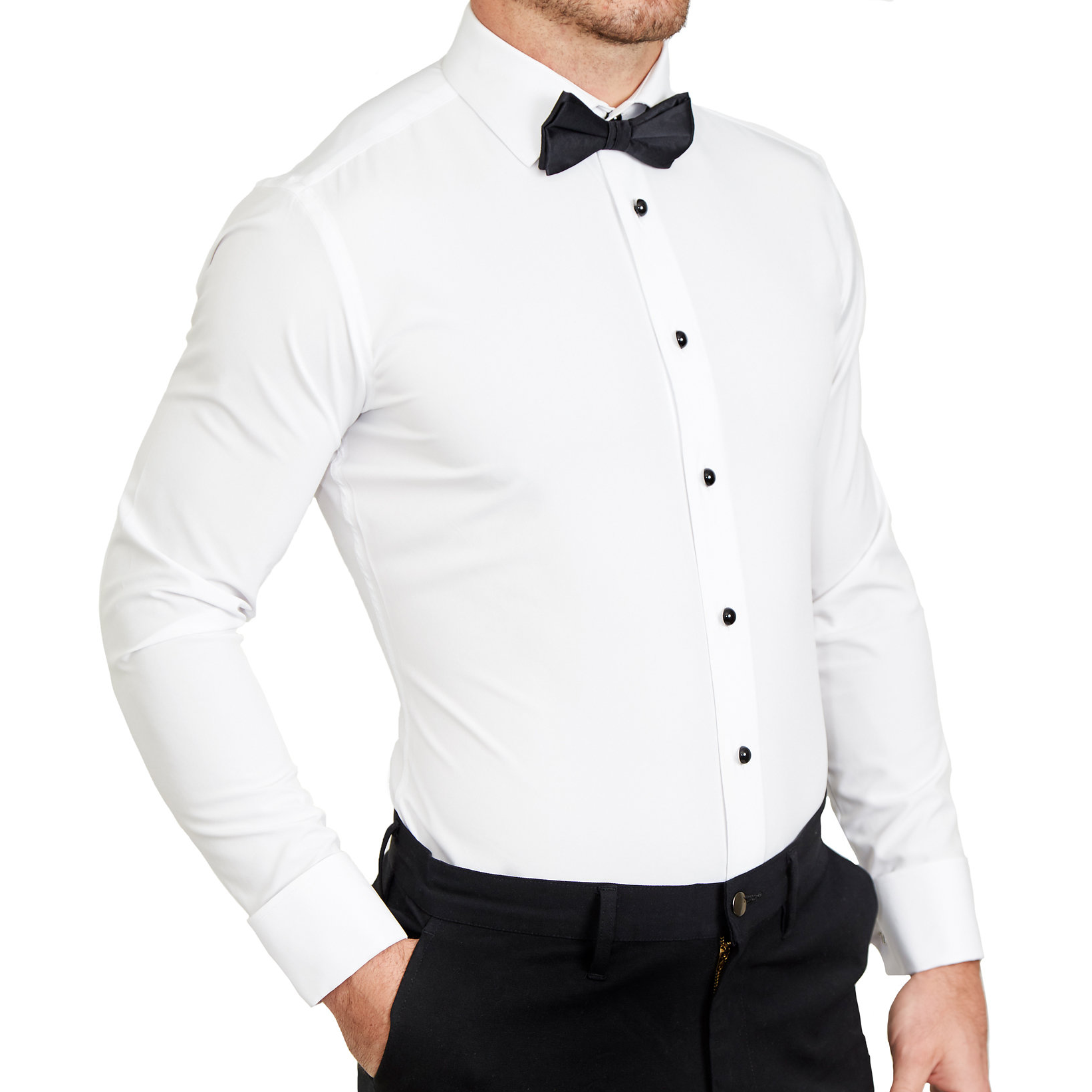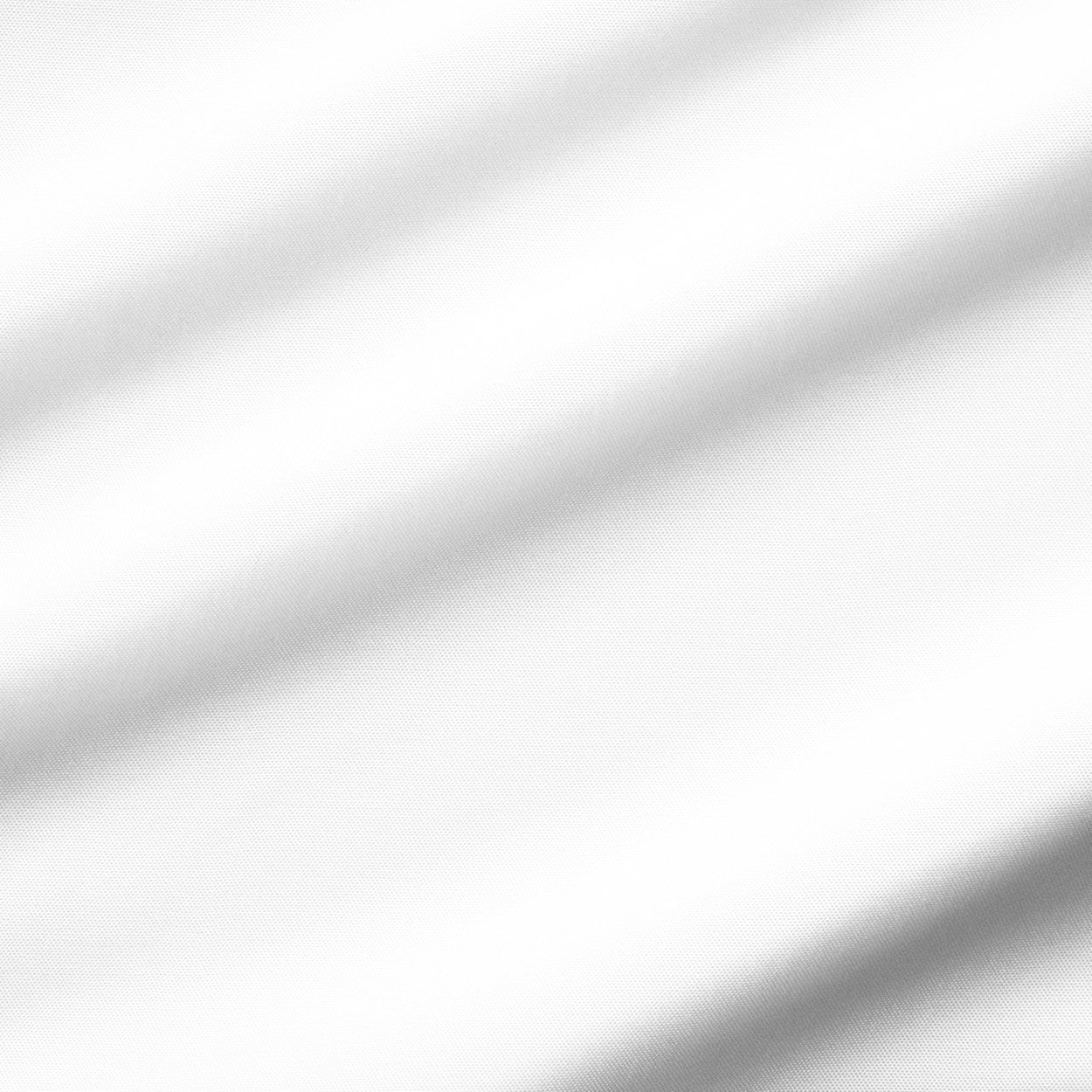Whether you refer to it as a dress shirt, button down, button front or button up, this garment has been a staple in every man's wardrobe dating back to the 17th century. The dress shirt was first originated in England and was mostly worn by those in the upper class. It was not until the 1900's when polo players began wearing dress shirts that it really exploded onto the scene. The style and ways to wear these shirts have been evolving ever since and this blog will help navigate through finding the right dress shirt and fit for you, and how to wear them in every situation.
Today, men are wearing dress shirts in a variety of ways, but the first and most crucial aspect of wearing a dress shirt is the fit. It doesn’t matter if you spend $500 on a shirt, if the shirt doesn’t fit perfectly then it will not look good.
How do you go about finding the perfect fitting dress shirt? The most imperative prerequisite to finding the right fit is knowing your body type. Although there are many types of fits out there, it really comes down to narrowing it down to three choices of dress shirt fit and finding the right brand that makes the best fit for your body.
- Regular Fit: The regular fit is meant for gentlemen who have more a husky build and need a little extra room in the body everywhere. This fit is usually meant for guys who are not completely comfortable showing off the shape of their physique. Tucking in this fit often results in a baggy waist.
- Slim Fit: The Slim Fit is meant those skinny men who do not have too much muscle definition in the upper body but do have a slim waist and figure. The slim fit is meant to worn very tapered and hug the body. Depending on your waist size, tucking in this type of fit will hug the waist and torso closely.
- Athletic Fit: The Athletic Fit is a relatively new fit that is meant for athletic guys who have a bigger upper body with a narrow waist. This fit provides more room in the upper body (biceps, shoulder, chest) while retaining the extremely tapered waist like the slim fit. The athletic fit is meant to be worn relatively snug to really show off their body physique. Again, depending on your waist size, this fit will yield the best tucked in dress shirt.
Once you’ve nailed your fit, it is essential to know the best ways to wear your dress for the occasions you’re dressing up for. Below are some styles and tips to help you navigate through the evolving ways of wearing a dress shirt.
1. Business Professional:

Business Professional is the most dressed you’ll be (aside from a tuxedo), usually for a formal business occasion. Business professional always involves wearing a tucked in dress shirt with a tie either with a full suit or with a sports jacket and slacks. Much like your dress shirt, it is crucial to find a suit that is the right fit for your body. It doesn’t matter where you get your suit or how much it costs, it can almost always use a little extra tailoring (so it is important to find a good one locally that you can trust).
The collar is a critical aspect when sporting a business professional dress shirt. If your suit has wider lapels, then your dress shirt collar should also be bigger, containing either a spread or semi-spread collar style. If your suit has skinnier lapels (or if you are a guy who falls into the slim fit category) you should be wearing a narrower collar (or point collar) to match the suit. Matching your tie to your collar is also very important if you like wearing a wider tie with a bigger knot than you should also be wearing a dress shirt with a spread collar. If you prefer a skinnier tie than the point collar is your look.
The last details to consider when wearing a dress shirt in a business professional setting are the shirt cuffs. There are two types of cuffs, tradition buttons (the most commonplace) and the French cuff. The French cuff, although less prevalent, is a great look for business professional setting and will require you to pick up a pair of cuff links. Regardless of what cuff style your dress shirt has, the cuff should always be slightly showing (about 1/4 to 1/2 inches) out of your jacket sleeve for a crisp, matching look to the rest of your outfit.
2. Business Casual:
 When wearing a business casual dress shirt, you want to stick to conservative colors (whites and blues) for the most part, and always remembering that you can never go wrong with a white shirt. Smaller checked patterns are also a safe play with this look. Business Casual dress will be very similar to a business professional look but without a tie and sometimes even without a jacket. When dressing in business casual it is very important to find a shirt that fits your body given you may not have a jacket to cover up a poor-fitting shirt. Therefore, it is important to know how to tuck in a dress shirt, which all revolves around a great fitting shirt with a tapered waist.
When wearing a business casual dress shirt, you want to stick to conservative colors (whites and blues) for the most part, and always remembering that you can never go wrong with a white shirt. Smaller checked patterns are also a safe play with this look. Business Casual dress will be very similar to a business professional look but without a tie and sometimes even without a jacket. When dressing in business casual it is very important to find a shirt that fits your body given you may not have a jacket to cover up a poor-fitting shirt. Therefore, it is important to know how to tuck in a dress shirt, which all revolves around a great fitting shirt with a tapered waist.
Once again, collars are a crucial aspect for this style. You want to make sure that your collars are standing tall and crisp, and not lying flat (there is no worse look that a flat collar). When wearing a jacket with business casual, the collar should easily stay in the jacket and the very bottom of your collar outlining the top of your jacket showing about two to three inches of collar sticking out of the coat. Having a structured collar is almost more important when not wearing a sports coat because you will not have the jacket to hold them in place. Taking great care of your collars and using collar stays are two simple ways to help keep your collars crisp. Some companies even have a hidden button to make sure the collars stay in place.
Other important thoughts to keep in mind for a business casual look:
- Your shirt should always be tucked in, deeming it vital to find a shirt that will stay tucked in during the day - the best way to tuck in a dress shirt starts with making sure the fit of the shirt is perfect
- Always have your cuffs button up and not rolled up if you do not have a jacket with this look
- In a business casual setting, you should only have one shirt button undone, never two or more.
3. Office Casual:

Office casual is going to similar to business casual but a little more relaxed. Once again, the fit on this look is going to be very important as you will never be wearing a jacket or sports coat. Instead of slacks, office casual gives you the flexibility to wear different types of pants other than dress pants. In this setting chinos or even jeans are completely acceptable. However, this setting will still require you to tuck in your dress shirt - a tucked in shirt is required in almost any semi-formal occasion.
With an office casual dress shirt, you have free reign to spice it up and wear bolder colors and patterns. In some cases, it is even safe to wear a shirt with a button-down collar. With this look you can to undo an extra button and can feel safe having two buttons undone.
Office casual also gives you some freedom of more casual aspects, such as rolling your sleeves up. It is important to remember that a sleeve roll should never go above the elbow and you never want to actually roll cuff. All you need to do is simply fold the cuff back at the crease and then roll twice. The right shirt cuff should have enough structure to hold your roll beautifully right above the mid forearm.
4. Casual:

The casual dress shirt is one that has become increasingly popular in the last couple of years and is one that some offices allow. This look is perfect for leisure events/weekends. Just like the above looks, the fit is always going to be imperative to make the look (we can't stress this enough - fit always comes first!).
As opposed to the three other occasions mentioned above, you don't have to tuck in your dress shirt. You’ll be wearing this shirt untucked, leaving you have free reign to wear any type of pants that you would like, and you can even rock this look with shorts when the weather starts to heat up. With a casual dress shirt, you should feel comfortable being as bold with your colors and patterns as you want, and always feel free to undo as many buttons as you feel fit for the situation.
Given that wearing the dress shirt untucked is encouraged, the length of the shirt is going to be crucial. The length of the shirt should fall right at the middle of your butt. An easy test to find the correct length in a casual dress shirt is one that is just long enough that the shirt will not come above your belt line when you raise your hands over your head (or even worse, when you are sitting down).
Find Your Brand:
Now that you know the four ways of sporting a dress shirt, tucked or untucked, it is important to find the right shirt for you in regards to which way you mostly wear yours. As stressed multiple times in the blog, the fit is the most crucial detail to when deciding on your dress shirts. You can own the finest dress shirt in the world, but if it does not fit and doesn't tuck in nicely, the shirt simply will not work. There are also brands out there that make dress shirts that are extremely versatile, fitting each of these occasions. Taking your time in finding the right brand that makes the best dress shirt for your lifestyle will, in turn, make life much easier.


